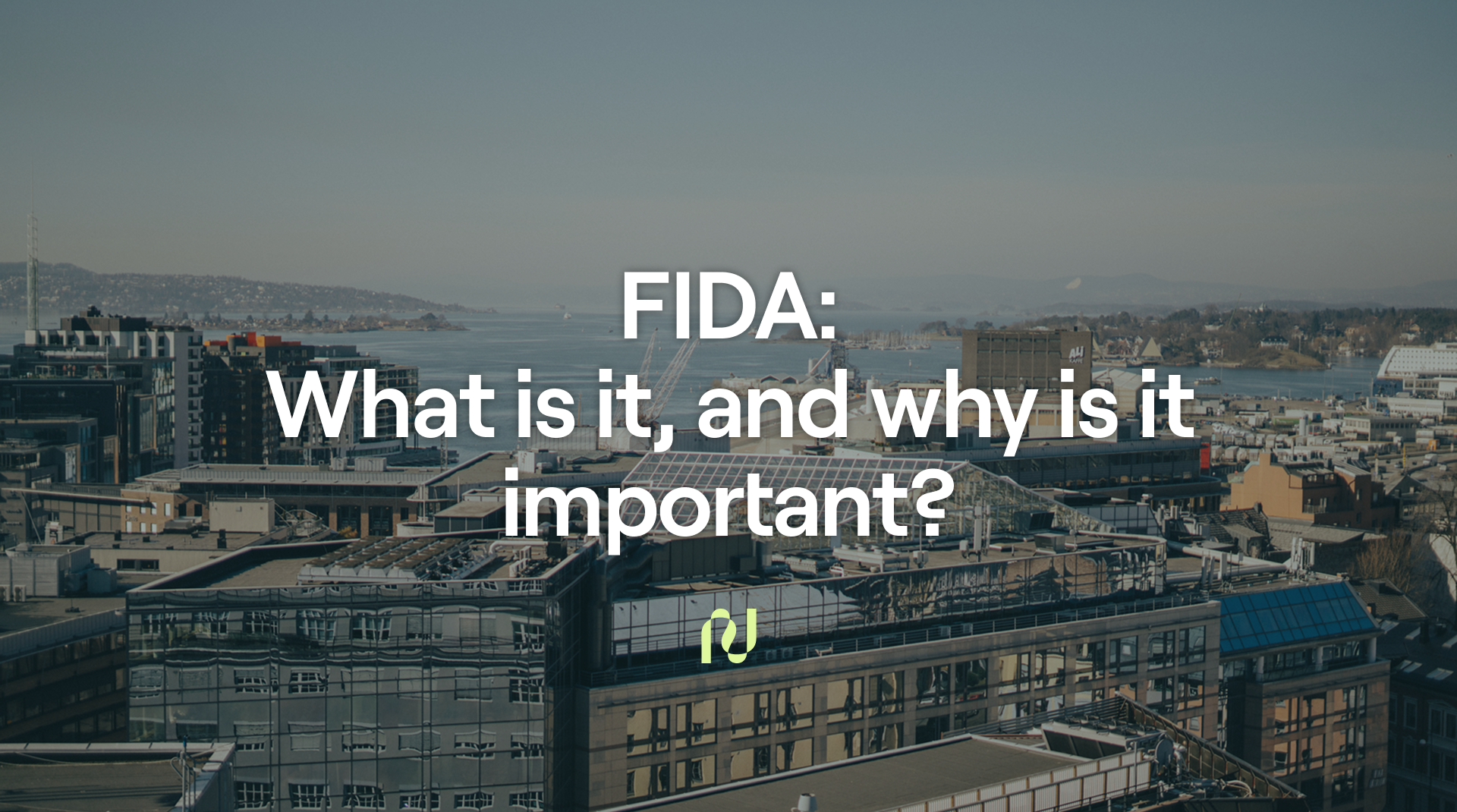Payments have come a long way in just a few years. We’re seeing more advancements to offer consumers a more secure and efficient way to pay for bills and online purchases, compared to traditional ways to pay such as cards. One of these new payment methods is Account-to-Account (A2A) payments, also known as direct bank payments, or pay by bank. In this blog post, we'll walk you through what account-to-account payments are, how they differ from other payment methods, and what’s in it for you as a consumer.
What are account-to-account payments (A2A payments)?
Account-to-Account (A2A) payments enable you to pay for goods and services directly from your bank during a payment process, cutting out any middlemen such as cards. This means less chance for potential fraud and faster payments for you.
Whether you're paying a bill or shopping online, A2A payments make it simple: your money goes right from your bank to another bank account. No credit or debit card networks in the mix, no unnecessary complications. It's all about direct connections, which means better security for your money. This cuts down on transaction time with greater security because your money isn't bouncing around through a bunch of third parties.
What is the difference of using A2A payments compared to other payment methods?
Credit and Debit Cards
Credit and debit cards have long been the go-to for digital transactions, but they come with their own set of complications. With cards, you're often navigating through a maze of networks, potential debt accumulation, and processing fees. A2A payments, on the other hand, offer a refreshing simplicity. They operate on the principle of moving funds directly between bank accounts, utilizing your actual available balance. This means you're spending money you have, not money you borrow, which keeps you clear of accumulating debt.
A2A payments are also inherently more secure. They don’t require sharing your card details with merchants, reducing vulnerabilities to fraud and data breaches. Each transfer is securely managed within the trusted environment of your bank's own systems, which are equipped with stringent security protocols and real-time fraud monitoring to protect your funds. Therefore, A2A payments not only simplifies your financial transactions but also provides a secure bridge for your money, ensuring a safer and more transparent handling of your finances.
Digital Wallets
Digital wallets offer a convenient way to pay, but they can hit a snag when it's time to confirm card details on the move – ever scrambled to recall your card's CVC number during a checkout process? A2A payments streamlines this process by linking directly to your bank accounts, eliminating the need to remember card information. This direct connection not only simplifies the payment process but also adds a layer of security. Since A2A payments bypass the card network, they reduce the risk of card details being intercepted or fraudulently used. The payment journey becomes smoother and safer, with each transaction conducted within the secure environment of your bank's systems, protected by their advanced encryption and fraud detection protocols. With A2A payments, you can benefit from a seamless payment experience that's both user-friendly and secure, giving you peace of mind whether you're paying for bills on the go or shopping online.
What is the difference between account-to-account payments and “pay by bank”?
The two terms are often used interchangeably, but there are some slight differences. Pay by bank is a broader term that means any kind of payment starts from a bank account, moving money directly from one bank account to another bank account. It doesn’t specify how the transaction occurs; it just indicates that the source of the funds is a bank account.
For example, imagine you are paying for a concert ticket online. If you choose “pay by bank”, you might use a direct transfer where the money goes straight from your account to the concert organizers account. This is where account-to-account payments come in, and they are fast and usually don’t cost extra. But if you use a credit or debit card, even though you’re still paying from your bank account, it’s not a direct transfer. The money goes through the credit company first, which might add fees and take more time, and oftentimes requires people to enter their card information manually.
So basically, all direct account-to-account payments are a form of "Pay by Bank" payments, but not every "Pay by Bank" payment is a direct account-to-account transfer.
Conclusion
A2A payments are all about making your life easier and safer. They're quick, secure, and usually cheaper than other methods when it comes to bank transfers – and they are changing payment for the better where paying directly from our bank accounts is not just the norm but also the smart choice. A2A payments is straightforward banking — it's your money, moving on your terms, with a level of security and speed that traditional methods struggle to match. As consumers, choosing A2A payments could mean a simpler, safer, and more cost-effective way to manage digital purchases and bill pay. It's worth taking note as this could very well be the future of transactions.
A2A payments are rapidly gaining traction in new markets, and we believe it will play a significant role in shaping the future of financial transactions, making money management easier and more convenient for all.
See more:
Download our latest whitepaper: Open Banking 2025
Understanding open banking security: what makes it safe?
Do you want to see account-to-account payments in practice? Try our demo while donating to a good cause (available only for users located in Norway, Denmark, Sweden, Finland and UK)
Curious how your business can benefit from open banking payments and data? Let’s talk!
🔗 Follow Neonomics on Linkedin





.png)















































